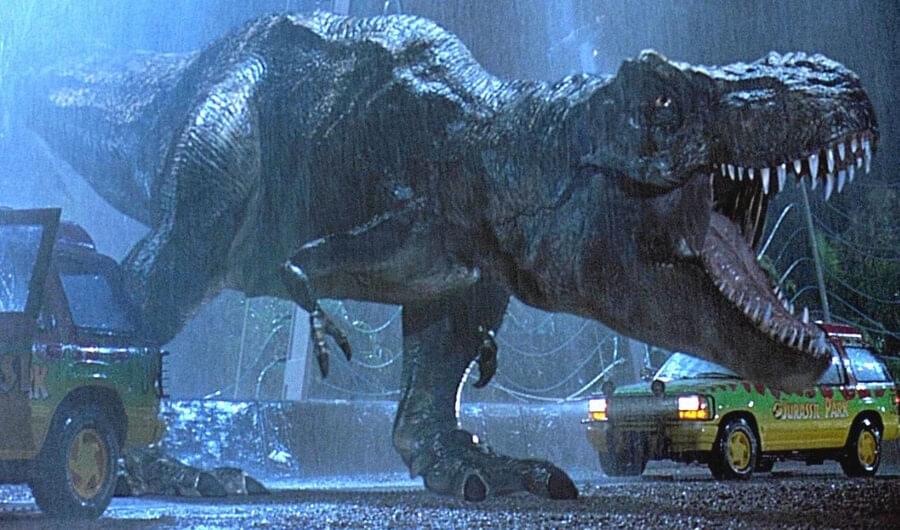
The problem with “Jurassic Park”
Sunday, June 14, 2015
Three-minute read
When Jurassic Park was released in 1993 it was clearly a groundbreaking film.
The sense of awe of Drs. Grant and Sattler seeing a specialeffectasaurus grazing the treetops transferred directly onto audiences. Likewise, the T-Rex attack put man and dinosaur together realistically (and dangerously) in the same frame for the first time ever.
The dinosaurs felt genuinely alive. We were badly outmatched. Even Samuel L. Jackson got eaten.
This movie and 1997’s Titanic showed that if computer effects could resurrect dinosaurs and a long-lost passenger ship, they could do anything.
But through three sequels – although I’ve not seen the latest Jurassic World – one thing has always bothered me about the Jurassics Park. Well, two things. OK, three.
For one, they should be called Cretaceous Park because most of the dinosaurs in the movies are from that period.
The second is that the movies don’t seem to have progressed beyond “dinosaurs somehow escape and chase people” monster movie plots and simplistic off-the-shelf morality about how corporations are greedy and evil.1
But my main complaint is this: Why do the dinosaurs keep going out of their way to eat people?
After being cooped up in cages being fed, wanting to hunt, having 65 millions years of gut instinct suppressed, the first thing the dinos do when they get out is go after the humans instead of, I dunno, other dinosaurs. Human is the only food they want. They’re like 2-year-olds who only eat mac and cheese and chicken fingers.
This problem is far more evident in the book, as the T Rex continues to track and plague Dr. Grant and the children repeatedly as they journey back, and the raptors chew through steel bars to get at the humans.
The movies paper over some of this by ascribing motives to dinosaurs. The T Rex was attracted to the moving light! The humans stole the T-Rex’s baby! And the humans – er – stole the raptor’s eggs! That third one is a sign they were running out of ideas.
But nothing suggests that dinosaurs would have different motivations than any other large predator, who eat every couple days and spend most of their time laying around to conserve energy. An 18-ton, 40-foot T Rex 2or an even larger Spinosaurus of Jurassic Park III taking time out of her day to chase humans about is like a lion devoting great effort to chasing field mice.
The Jurassic Park raptors, despite having recently eaten both Samuel L. Jackson and the Australian game hunter, chase the two children around the kitchen because … reasons? Dessert, perhaps?
The Jurassic Park III Spinosaurus tracks the humans3 all over Isla Sorna, including crashing through a fence, following them on an hours-long boat journey and finally wading into a river to have one more go at them.
At some point it should have thought, “Fuck it. I’m going to hunt something significantly easier to kill, like that T Rex I dispatched in 30 seconds in the first act.”
But that’s what people, me included, are paying to see, so who needs reasons? Hollywood finds a way.
- Jurassic Park is basically a remake of Jaws with the same greedy overseers and nature out of control. Except the animatronics worked this time. This is also the plot of Billy and the Clonasaurus.
- That’s 16,329.3 kilograms and 12.3 meters in pretend measurements, for any Lincoln Chafee fans in our readership.
- The humans in this movie are all annoying, selfish and stupid. I was rooting for the dinosaurs. Also, how loud was the ringer on that satellite phone that they could hear it 100 yards away inside 20 tons of dinosaur?